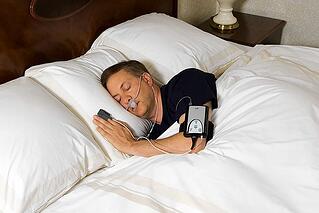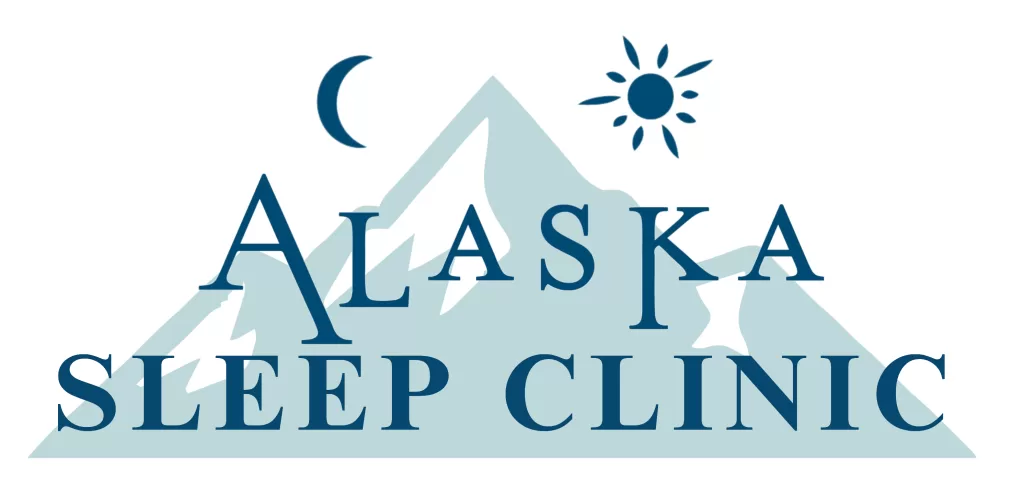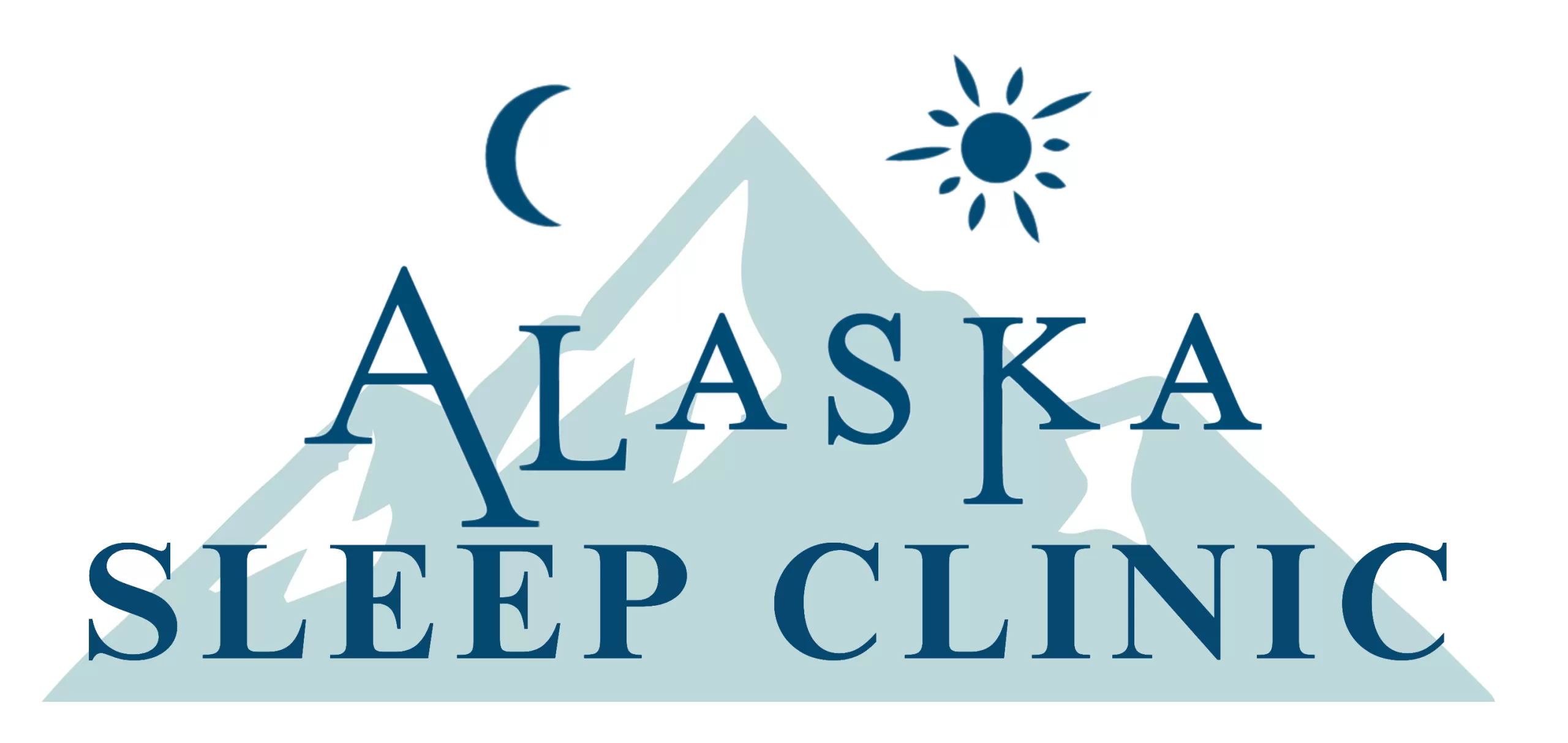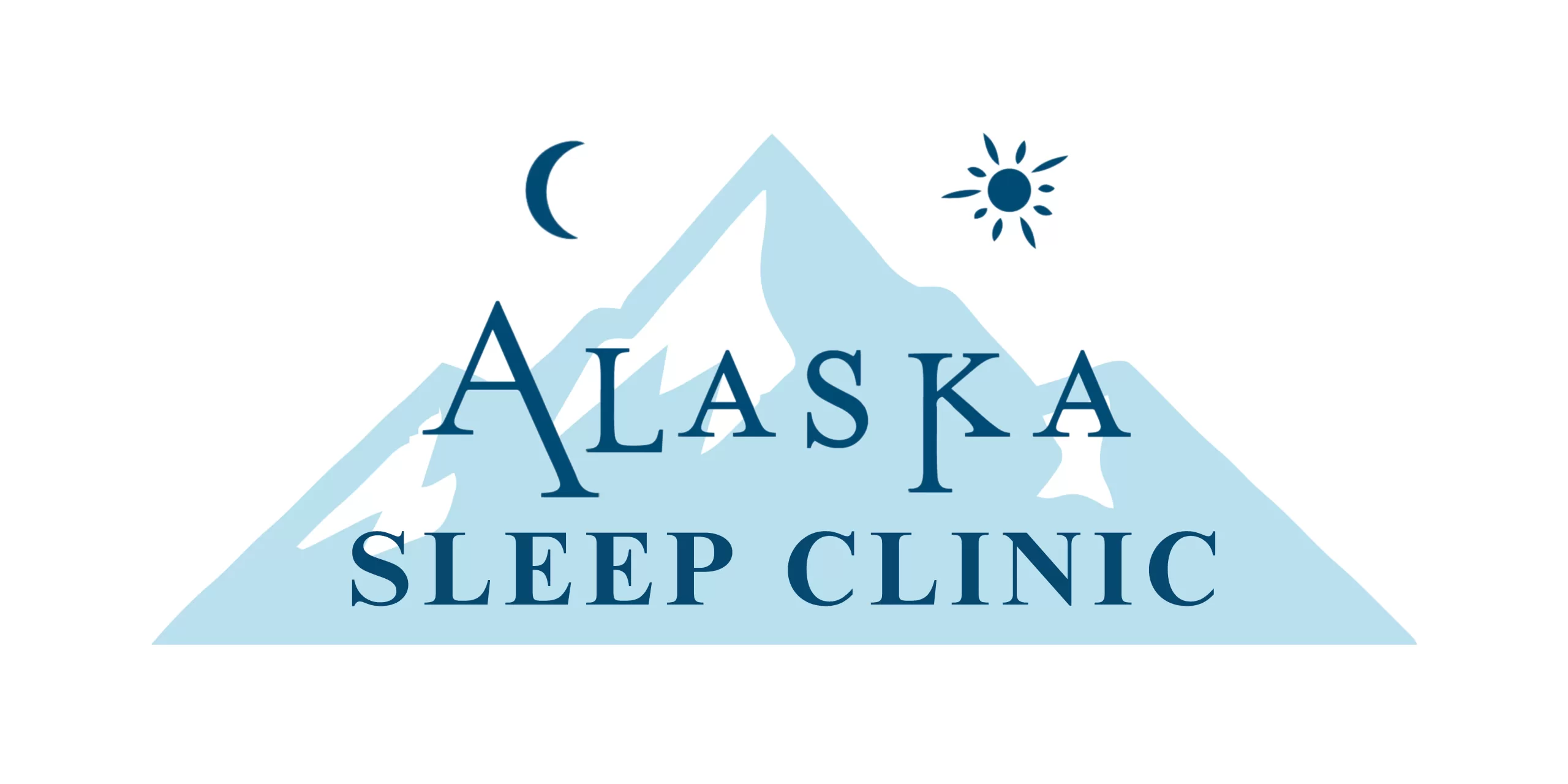HOME SLEEP TESTS (HSATs)
An Affordable Alternative to POLYSOMNOGRAMS...
Before relying solely on home sleep testing, here are a couple of things to keep in mind:
- Home sleep testing is intended specifically to evaluate patients without co-morbidities (i.e without neurologic, cardiac or significant pulmonary disorders) who are considered to be moderate to high risk for sleep apnea.
- Home sleep testing is not intended to evaluate patients who are considered to be low risk for obstructive sleep apnea or if another sleep-related complaint is being considered (i.e. excessive daytime sleepiness without snoring, frequent nocturnal awakenings, RLS/PLMS…).
- Home Sleep Testing is also NOT recommended for those 18 and under.,
Overview
Polysomnography, known as a sleep study, is a test used to diagnose sleep disorders. Polysomnography records your brain waves, the oxygen level in your blood, and your heart rate and breathing during sleep. It also measures eye and leg movements.
In addition to diagnosis, a sleep study might help determine a treatment plan if you’ve been diagnosed with a sleep disorder. It also might be used to adjust your treatment.
Sometimes you may be able to do the sleep study at home. Home sleep apnea tests are used to help diagnose obstructive sleep apnea.
If you’re doing a sleep study from home, there are different types of devices that may be used. Each device uses a different combination of sensors. Home sleep apnea tests generally record your breathing rate and airflow, as well as oxygen levels and heart rate. One style also includes information on blood vessels.
How you prepare
Don’t consume drinks or food containing alcohol or caffeine during the afternoon and evening before a sleep study. Alcohol and caffeine can change your sleep patterns. They may make symptoms of some sleep disorders worse. Also, don’t nap in the afternoon before a sleep study.
For a home sleep apnea test, the equipment is picked up at the sleep lab or can be delivered by mail to your home. Or you might pick up the equipment at your provider’s office. You’ll be given instructions on how to use the equipment. Ask questions if you’re unsure about how the test or equipment works.
What you can expect
During polysomnography
If you’re having a home sleep apnea test, follow your regular bedtime schedule. You’ll need to place the sensors on your body and turn on the machine according to the instructions you’ve been given. Your healthcare provider may ask you to keep a sleep log.
After polysomnography
In the morning following a home sleep apnea test, you can remove the sensors when you wake. You’ll return the testing equipment to your provider’s office or by mail. Some home sleep apnea tests are now disposable, so they can be discarded when the test is over.
Results
If you’ve had a home sleep apnea test, a Board-Certified Sleep Specialist needs to review the information collected during the test. It may take a few days to get your results.
At a follow-up appointment, your provider reviews the results with you. Based on the data gathered, your healthcare provider will discuss any treatment or further evaluation that you may need.
If you’ve had a home sleep apnea test, sometimes the results don’t provide enough information. If this happens, your provider may recommend a sleep study in a sleep center.
Home Sleep Testing offers an alternative to traditional clinic-based testing. Here’s why:

- Many of our patients like the idea of being tested at home while sleeping in the comfort of their own beds.
- Non-insured patients and insurance companies will like it because it costs as little as one-fourth the price of a traditional clinic-based study.
- Referring physicians like it because when they trust their patients to Alaska Sleep Clinic, they’ll receive diagnostic feedback within 48-hours.
- If you are found to have obstructive sleep apnea, a board-certified sleep specialist must provide therapy. More importantly, if sleep apnea is not confirmed by the study, your sleep specialists will provide next-step guidance.









